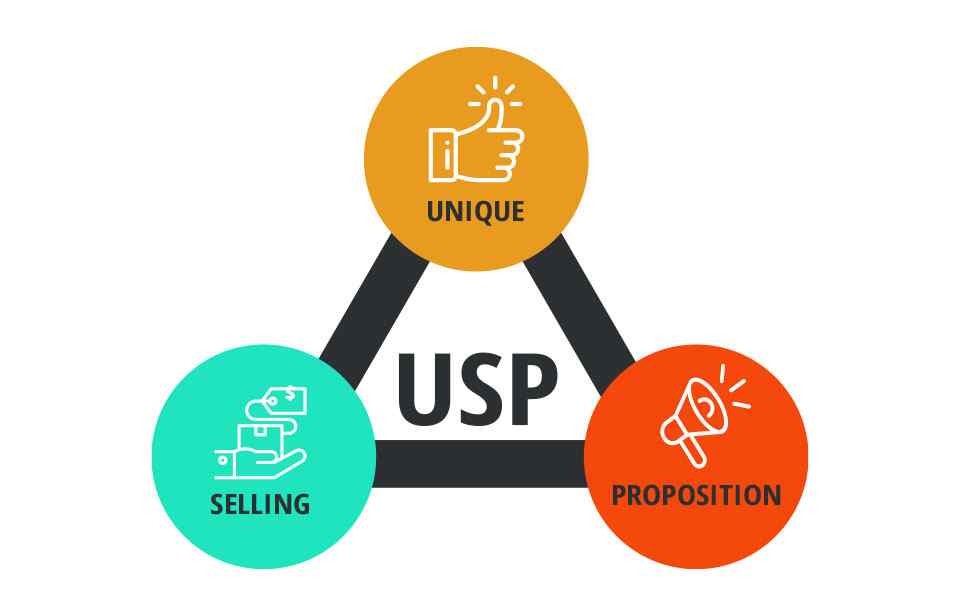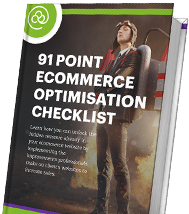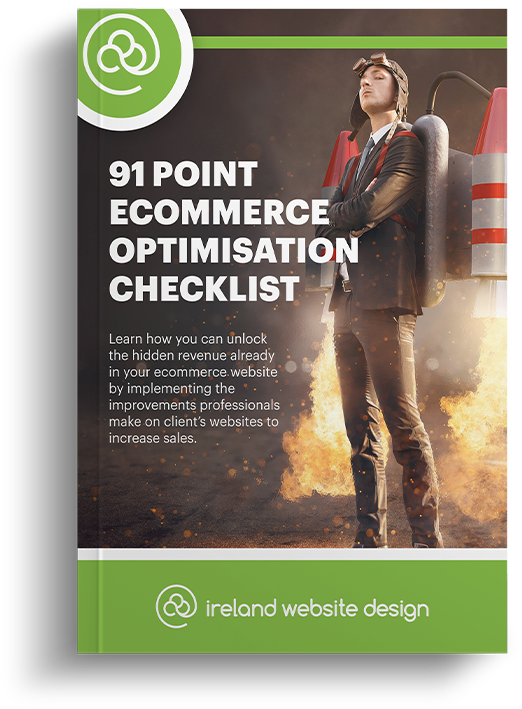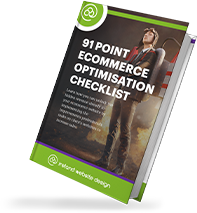Every good business needs a unique selling point (USP) so that they can offer something different to their competitors. But asking a business to define their USP is not always a simple task. When struggling to come up with an answer, it can often be a better question to ask what makes you better than your competitors. This could be a particular product or service or possibly even away a company handles their customer service policies and procedures. This is a big part of defining your USP and it is something we will explore in this blog post here. Not only will this blog post examine what a USP is, but it will also show you how to both create and implement your USP to help drive sales to your business.
What is a USP?
A USP is a unique selling point (or sometimes referred to as a unique selling proposition). This helps your business to stand apart from other businesses who offer similar products/services as you and also gives customers a reason to choose your business over theirs. This may be a product or service itself, or it may be an area of your business that sets your apart i.e. customer service, loyalty programmes or pricing etc. You will find that your USP becomes something that you continually refer to across the marketing mix for your business. It is useful to have your USP stated and visible on your website, social media pages, newsletters and print media elements (flyers, leaflets etc.) to remind those who see it why they should choose to be a customer of your business. Such is the power of the USP that some businesses make sure to trademark and patent them so that their competitors cannot copy them.
How to Create a USP?
There are a few steps to creating a USP. These are important to work through to make sure your USP appeals to your target audience. Your USP should work on many levels i.e. it should appeal to your customers and also make people think favourably of your business so that they will, in turn, recommend it to their friends and families. Consider your USP under the following headings:
Understand the needs of your target customers
You need to know why somebody would buy from you in the first place and think of an additional need that you can fulfil by them being your customer. For example, if you don’t have a bricks-and-mortar store and only sell online through your website; you could offer free delivery on your products. If all of your competitor’s charge shipping and handling fees, your USP could be that you offer free delivery. When trying to meet the needs of your customers, remember to ask yourself what can you do better than your competitors?
Surpass the expectations of your target customers
Examine your business structure and the various departments within it. What can you offer that can elevate your business from a standard vendor of products/services to a known niche offering? You may have an excellent customer services team who specialise in technical support for your products/services. You may have a great relationship with your suppliers and/or manufacturers and so can pass on savings to your customers and potential customers alike. Again with these steps, ask yourself what can you do better than your competitors?
Be sure to stay unique to your target customers
Remember to keep the U, as in unique, at the front of your mind when creating your USP. Your business needs to offer something that others do not so that it stands out and remains unique. Having this quality can be the driving factor that brings customers (and repeat spend) to your business. A good unique selling point should also become a big part of your brand and should successfully become an integral part of your systems, procedures and operations. With this, you will find that your business works towards fulfilling your USP with each customer interaction.
Where to Implement your USP?
Quite simply, you should implement your USP everywhere. As this is a selling point, it should feature across the elements that customers and potential customers alike will see and interact with. It is these places and features which display your USP and can sway a sale in your favour. For example, some text describing your USP should appear with:
- Blog Posts
- Flyers, Leaflets and Posters
- Newsletters
- Social Media Posts
- Website and Webpages
With blanket coverage of your USP being displayed across the above-listed elements, it becomes clear what competitive edge you can offer. With this, you successfully implement your USP across your business and this implementation becomes fully realised when you deliver on your USP by making sales and gaining loyal customers.
Call the expert team at Ireland Website Design on 051393524 to help drive sales to your eCommerce website and your business.




